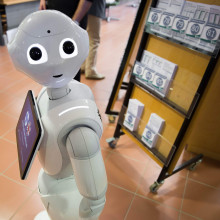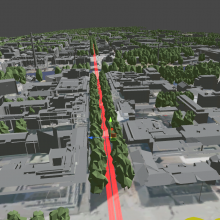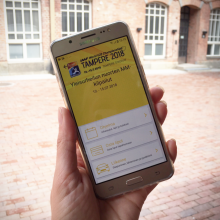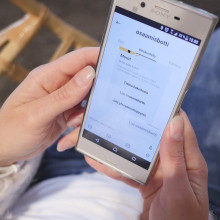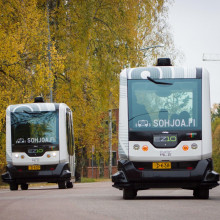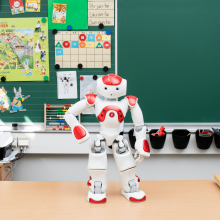A platform that integrates the technological solutions used in home and remote care services will be implemented in Tampere. The platform is created with an Innovation Partnership model, and funded by Business Finland. In the best-case scenario, the city will save millions of euros each year through the integration of several different services on just one platform.
The procurement of the platform is based on the understanding that it is necessary to provide a wider range of services for the home environment to improve the quality of social and healthcare services, and to increase the customer’s autonomy. Furthermore, the platform makes it possible to reduce the number of days spent in hospital by regular health-monitoring and by increasing the sense of security. The reason for a hospitalisation period is not always medical; often it is the result of a sense of insecurity, and for people living alone it can be the fear of not being able to take care of themselves on their own. If the days spent in hospital by the 4,000 annual home care customers in Tampere could be reduced by three days a year per customer, the annual savings would be close to EUR 5 million a year.
The integration platform is created with an innovation partnership model still not commonly used in Finland. According to the model, a public operator does not procure an off-the-shelf solution. Instead, a new solution is created in cooperation with companies and, for instance, research facilities. The requirements of the home and remote care integration platform were specified during spring 2017 in an Open Requirements Process created by the Smart Tampere programme. More than 50 companies took part in the process.
The innovation partnership model makes it possible to develop and test both an integration platform based on open standards and related services, such as centralised monitoring, alarms, device register management, etc. The purpose of the technological entity is to integrate hospital care and home care into one service chain, and to improve the utilisation of data collected from isolated, mutually incompatible technologies as a whole, so as to monitor the customer’s condition more closely and comprehensively using comparable data. The idea is that once the platform is ready, the customer is not forced to give up a technology with which they are already familiar.
The new platform enables wider adoption of remote monitoring and wellbeing technologies, and makes it possible to grow the industry market on a national level, providing the companies involved with references for the international market.

